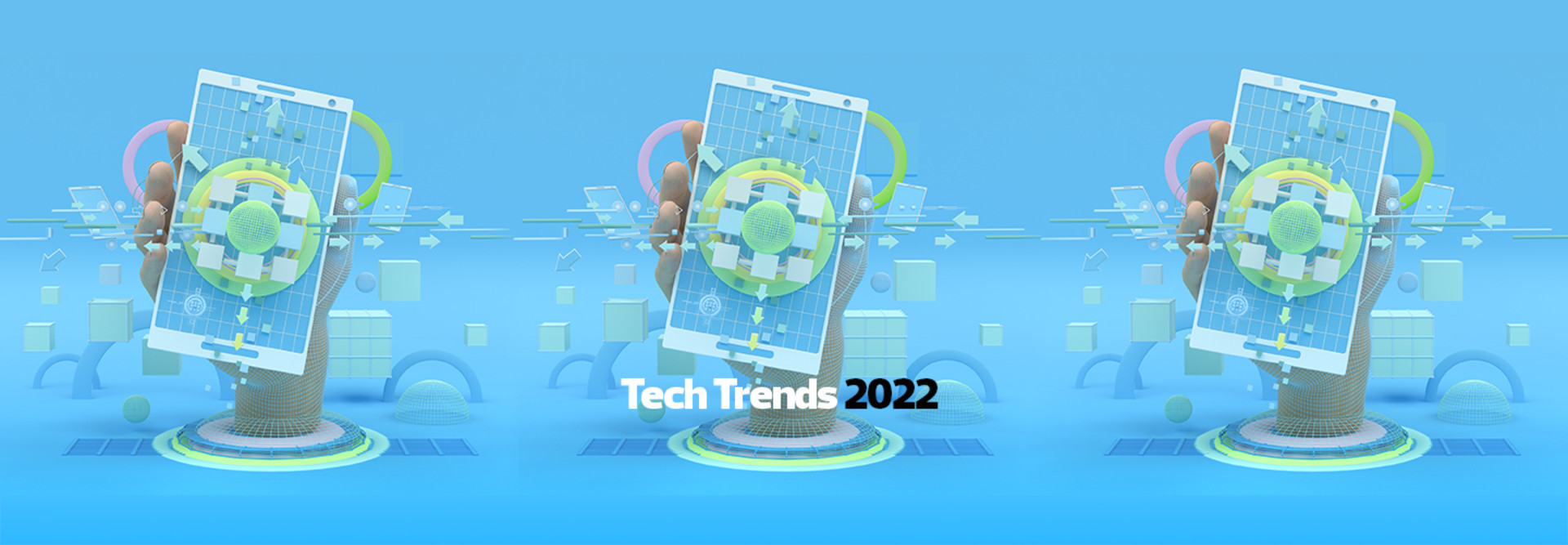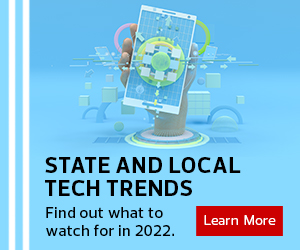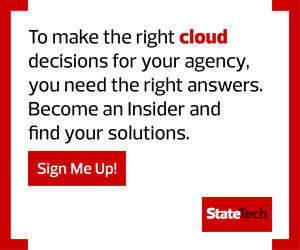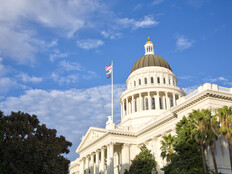What Is Application Modernization?
Application modernization is the process of moving or reformatting apps so that they can run in more modern IT architectures, typically the cloud, and be scalable and more secure.
The process applies to the roughly 80 percent of state and local government systems that were computerized and digitized 10, 20 or 30 years ago, says Will Carroll, a principal with Deloitte’s Government & Public Services practice. Those government applications and business functions are running in legacy architecture on older IT equipment.
“It has been automated in some way, but now it’s aging and now they need to start thinking about, what do we do with that?” Carroll says. “How do we move forward with that?”
That applies to everything from unemployment insurance systems to Medicaid claims systems, driver’s license management applications and more. “Those are big and some ways clunky, but those big mission critical apps, they’ve been in a computer for at least one generation already,” he adds.
Click here for complimentary insights from CDW on application modernization.
Types of Application Modernization Strategies
Tom Greiner, senior managing director for Accenture Federal Services’ technology capabilities, says there are two major schools of thought around application modernization and a third is rapidly emerging.
1. Open Source or Custom Modernization
The first is to explore whether the application can be custom-built using Java or an open-source software language that replicates the functionality of the app as it exists on a mainframe or other legacy technology.
2. Cloud Modernization
A second way of approaching application modernization is to convert legacy apps to the cloud via the Software as a Service model. Greiner estimates that about 80 percent of government applications revolve around benefit applications and adjudications and the distribution of funds to citizens. A SaaS model, he says, could perform the vast majority those apps’ workflow, routing and approval functions and come with mobile enablement and security out of the box.
“You can have less skilled developers point and click configuring,” he says. Agencies speed to value will be much quicker with SaaS, bit performance and flexibility might be less robust than with a custom-built solution.
RELATED: How should you approach legacy system modernization?
3. Application Modernization Services
The third tack involves partnering with a major cloud service provider such as Amazon Web Services, Google or Microsoft Azure for a Platform as a Service approach, in which the cloud provider delivers functionality that mirrors a custom-built solution or code from a developer on GitHub.
“You might go pretty heavy cloud native to try to drive the same kind of solution,” Greiner says. “So it might be a bit of a hybrid of a custom front end with a whole lot of cloud native underpinning it.”
Carroll says he generally agrees with those three options but says that agencies should choose the path that makes sense for them by first thinking about where they need their apps to be not now but in five to 10 years. If the application is for a government service that is dynamic and will likely shift a lot in the coming years, agencies should go with a more flexible, custom-built approach, he says. If the app is likely to be relatively stable, it may make sense to use a cloud-based approach in which a CSP is providing the ongoing maintenance and security of the app.
DIVE DEEPER: How have agencies deployed modern digital government services?













